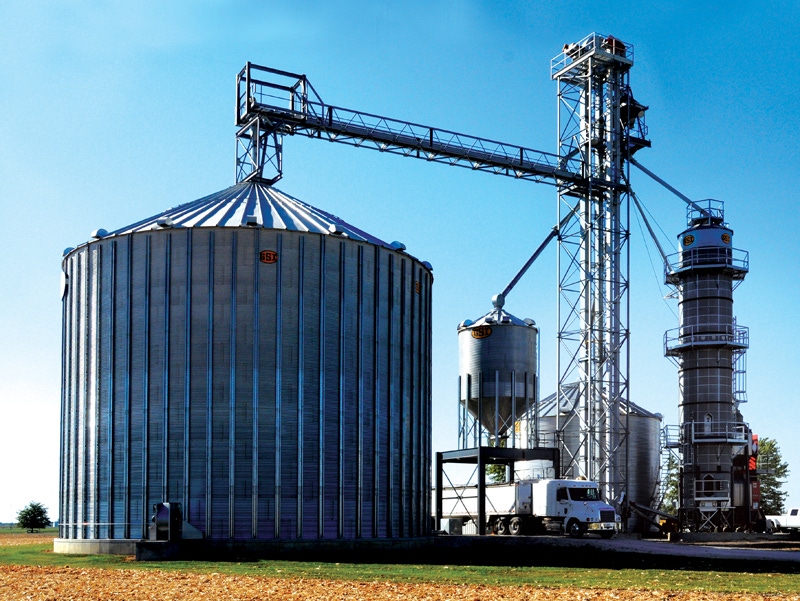September 26, 2016

Grain submerged by uncontrolled flood waters is considered Adulterated under the Food Drug and Cosmetic Act. This policy dates to 2008 when grain storages in Cedar Rapids were inundated, and has been applied to several situations since then.
Adulterated material cannot be put in commercial facilities of any type, where there would be a chance of entering human or animal food. There are flooded (over the grain height) fields in northeast Iowa in 2016.
Possible disposition strategy that does not involve a commercial facility:
Corn
1. Make a third party documentation of the affected area (GPS, photo documentation of water depth). This would probably be done by a crop insurance adjuster, and would have to be done before harvest to preserve insurance coverage.
2. Harvest the grain as soon as possible, to limit further spoilage. Dry immediately to below 14% moisture with as little wet holding time as possible. Isolate both wet and dry grain from other grain.
3. This grain should not be taken to a commercial elevator, warehouse or feed mill.
4. Clean combines, wagons, and handling equipment as completely as possible.
5. Feed in a documented on-farm livestock feeding plan approved by a veterinarian. Test for potential hazards (e.g. mycotoxins, heavy metals, PCB’s, pathogens) appropriate for the species to be fed based knowledge of the flooding situation. Test result documentation and feeding records should be retained.
6. If testing is done, submit at least 10 pounds (shelled) collected from multiple locations across the area of grain that was submerged. Veterinarians have access to the Iowa State University Vet Diagnostic Lab, but there are also commercial laboratories that can analyze for these factors. Refrigerate the samples and submit as quickly as possible.
7. This grain should never be fed to dairy animals or laying hens.
8. If an on-farm feeding plan meeting these conditions is not possible, the grain should be destroyed in field or after harvest, using methods accepted by FDA and local health officials.
9. Hay and silage is normally fed on farm; the same testing and feeding plan criteria apply as for corn. Flooded hay should not be baled and taken to a hay auction.
Soybeans
1. Soybeans have very few direct feed uses. Flooded soybeans should not be taken to an elevator or processing plant.
2. Flooded soybeans should be destroyed unless there is an on-farm operation that could meet the criteria for on farm feeding of corn.
Regulatory policy and officials are not involved in the price/value determination. Grain that was above the water line is marketable, although especially mycotoxin testing may be advisable. The continued hot humid weather is increasing the chances for mold growth on all corn.
You May Also Like




